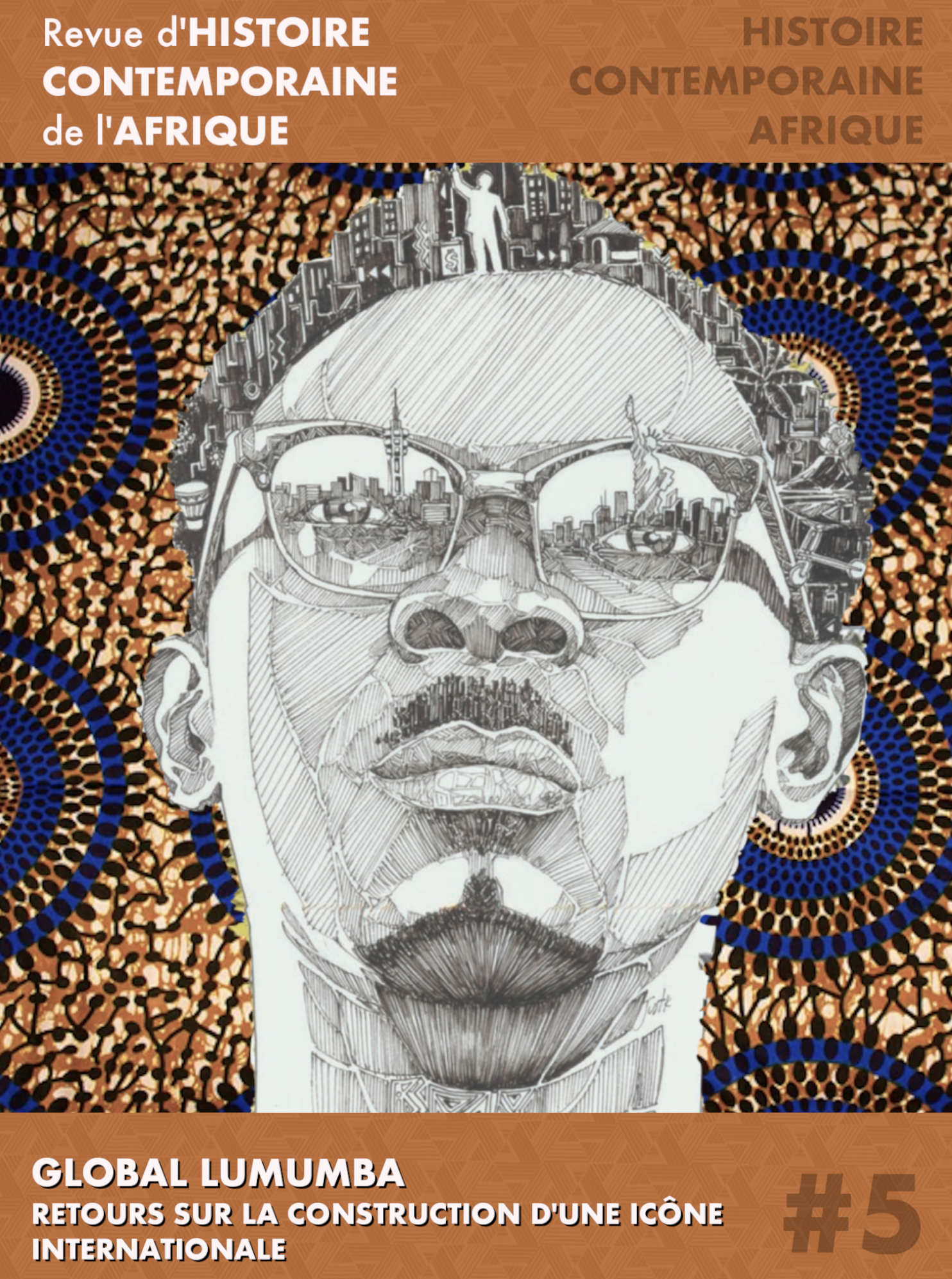Lumumba in China
A politico-cultural response-appropriation
DOI:
https://doi.org/10.51185/journals/rhca.2023.0506Keywords:
Lumumba, Congo, China, War-Drums on the Equator, Chidao zhangu, revolutoniary artAbstract
The figure of Patrice Lumumba has been the focus of intense historical debate, but also of cultural and artistic practice around the world. This article examines the sudden rise of Lumumba commemoration and artistic response in communist China in the mid-1960s. Various artists and artist groups produced musical compositions, songs, opera, film, live theatre performance, musicals, dance, photo novels, poetry, and comics. The performances travelled across the country to the big metropoles and were supported by printed material in English and French, meant for international access. This cultural response died down at the end of 1966, which coincides with the onset of the Cultural Revolution and a shift in China’s international politics towards Africa to a more pragmatic approach in its relations with the various newly independent African countries.
References
BERNER Wolfgang (1966), « Peking und der Kongolesische Partisanenkrieg », Ost-Probleme, 18(20), pp. 610-614.
BRYANT Lei Ouyang (2005), « Music, Memory, and Nostalgia : Collective Memories of Cultural Revolution Songs in Contemporary China », China Review, 5(2), pp. 151-175.
COMTE Gilbert (1971), « Peking Shows Its New African Look », Africa Report, 16(3), pp. 19-21.
COOK Alexander (2019), « Chinese Uhuru : Maoism and the Congo Crisis », Positions : Asia Critique, 27(4), pp. 569-595.
DEFRAEYE Piet (2020), « Lumumba on Stage : X Times a Murder », in M. De Groof (dir.), Lumumba in the Arts, Louvain, University of Louvain Press, pp. 217-237.
DEFRAEYE Piet (2020), « Lumumba’s Bike : a rhizomatic walk in the park », in M. De Groof (dir.), Lumumba in the Arts, Louvain, University of Louvain Press, pp. 415-423.
EISENMAN Joshua (2018), « Comrades-in-Arms : The Chinese Communist Party’s Relations with African Political Organisations in the Mao Era, 1949-76 », Cold War History, 18(4), pp. 429-445.
FRAZIER Robeson Taj (2015), The East Is Black : Cold War China in the Black Radical Imagination, Durham, Duke University Press.
HOUART Pierre (1960), La pénétration communiste au Congo, Bruxelles, Centre de documentation internationale.
HUANG Kun (2022), « Translated Solidarity. Lumumba’s Textual Afterlives and the Poetics of African Decolonization in Maoist China », Journal of World Literature, 7(4), pp. 577-596.
LARKIN Bruce D. (1971), China and Africa, 1949-1970, Berkeley, University of California Press.
LARSON, Charles R. (1968), « War Drums in the Congo: The Chinese Version », Africa Today, 15(1), pp. 31-34.
MCEACHERN Yoon Duncan (2014), « Cold War Africa and China : The Afro-Asian Writers’ Bureau and the Rise of Postcolonial Literature », thèse de doctorat, UCLA.
MONAVILLE Pedro (2013), « Decolonizing the University : Postal Politics, The Student Movement, and Global 1968 in the Congo », thèse de doctorat en histoire, Université de Michigan.
OUYANG Lei X (2022), Music as Mao’s Weapon : Remembering the Cultural Revolution, Chicago, University of Chicago Press.
RICHER Philippe (1965), « Doctrine chinoise pour le tiers monde », Politique Étrangère, 30(1), pp. 75-97.
SUGLO Ignatius G. D. (2022) « “Sound of Friendship” : Music Iconography in Twentieth-Century Africa-China Relations », Verge : Studies in Global Asias, 8(1), pp. 195-216.
SUN Jodie Yuzhou (2022), « Supplied Cash and Arms but Losing Anyway : Chinese Support of the Lumumbist Insurgencies in the Congo Crisis (1959-65) », Cold War History, 22(4), pp. 459-478.
VANHOVE Pieter (2021), « Locating Lumumba », Comparative Literature Studies, 58(2), pp. 264-285.
WILCOX Emily (2019), Revolutionary Bodies. Chinese Dance and the Socialist Legacy. Berkeley, University of California Press.
Downloads
Published
How to Cite
Issue
Section
License

This work is licensed under a Creative Commons Attribution-NonCommercial 4.0 International License.








